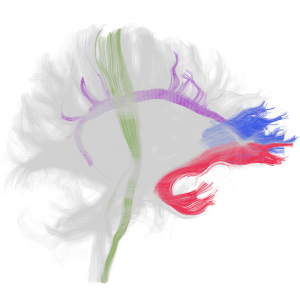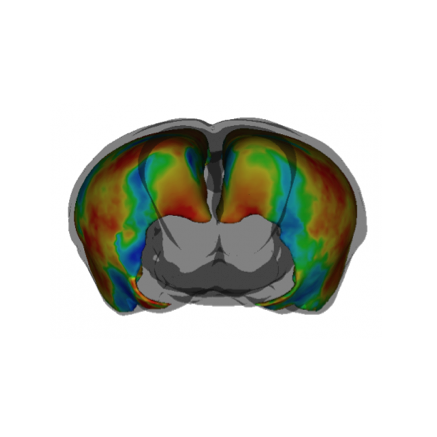THEMES OF OUR RESEARCH INCLUDE
VULNERABLE PERIODS OF NEURODEVELOPMENT
Injury to the immature brain can impact neurodevelopmental processes that are undergoing maturation during this time, resulting in unique functional consequences. This research aims to identify how the timing of the injury relative to neurodevelopmental processes affects specific aspects of long-term outcome.
CIRCUITS THAT SUPPORT COGNITION IN THE HEALTHY & INJURED BRAIN
The healthy and injured brain may be able to support equivalent cognitive processes in unique ways. This research aims to identify brain networks that support cognitive processes and how they are different in the injured brain.
WHITE MATTER PLASTICITY
The majority of research on the brain’s ability to change (plasticity) is focused on synapses, the connection points between brain cells. Myelin, the fatty substance that insulates and supports axons is dynamic and can also modify brain networks. This research probes the role of white matter plasticity in recovery from injury as well as healthy brain function.



